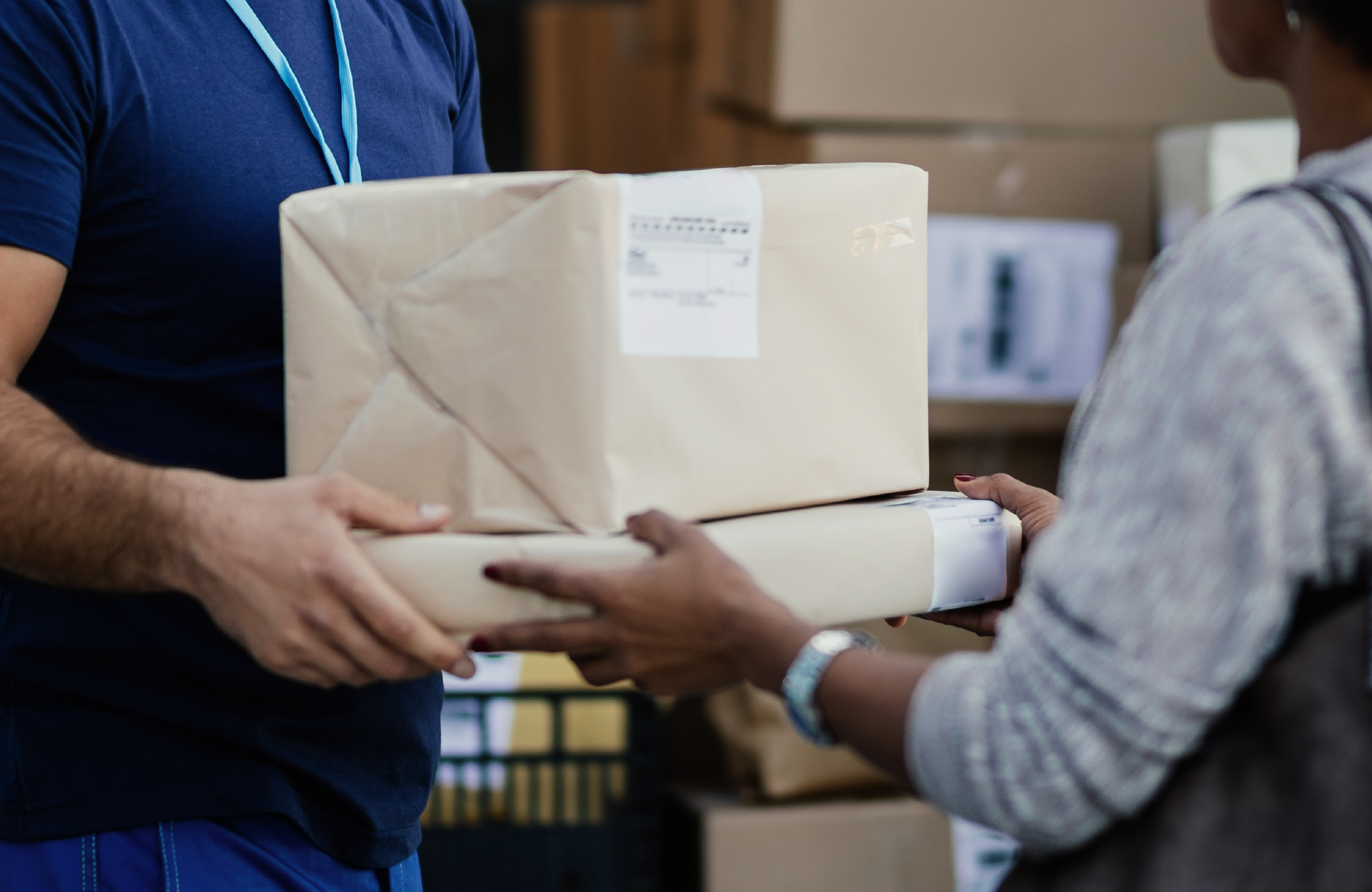Urban areas present a unique set of challenges for last-mile delivery. From traffic congestion to parking difficulties, delivery companies must navigate a complex landscape to ensure timely and efficient deliveries. Let’s explore these challenges and the innovative solutions being implemented to address them.
Key Challenges
1. Traffic Congestion
Urban areas are notorious for their traffic congestion, which can significantly delay deliveries. Navigating through crowded streets and dealing with frequent traffic jams makes it difficult for delivery vehicles to stay on schedule.
2. Parking Issues
Finding suitable parking spots in densely populated cities is a major challenge. Delivery drivers often struggle to find legal parking, leading to potential fines and delays. This issue is further compounded by the need to make multiple stops in a single delivery route.
3. Security Concerns
The risk of theft and vandalism is higher in urban areas, posing a threat to the security of delivered packages. Ensuring the safety of goods from the distribution center to the end customer is a critical concern for delivery companies.
4. Environmental Impact
The environmental impact of last-mile delivery is particularly pronounced in urban areas. Increased vehicle emissions contribute to air pollution, making it essential for companies to adopt greener practices.
Innovative Solutions
1. Micro-Distribution Centers
To reduce delivery times and navigate urban congestion, companies are establishing micro-distribution centers within cities. These smaller hubs enable quicker and more efficient deliveries by bringing products closer to the end customer.
2. Alternative Delivery Methods
Bike couriers and electric scooters are becoming popular alternatives to traditional delivery vehicles in urban areas. These methods are not only more environmentally friendly but also help bypass traffic congestion, ensuring faster deliveries.
3. Parcel Lockers and Pickup Points
Parcel lockers and designated pickup points offer a convenient solution to the problem of missed deliveries and parking challenges. Customers can collect their packages from secure lockers at their convenience, reducing the need for redelivery attempts.
4. Real-Time Tracking and Communication
Advanced tracking technologies and real-time communication systems enable customers to monitor their deliveries and receive updates on estimated arrival times. This transparency helps manage customer expectations and reduces the likelihood of missed deliveries.
5. Collaborative Delivery Models
Collaborative delivery models, such as crowdsourced delivery and shared logistics networks, are gaining traction. These models leverage existing resources and infrastructure to optimize delivery routes and reduce costs.
Case Study: Successful Urban Delivery Innovations
1. Amazon Prime Now
Amazon’s Prime Now service offers ultra-fast deliveries within select urban areas. By utilizing strategically located micro-fulfillment centers and employing bike couriers, Amazon can deliver products to customers within hours of placing an order.
2. UPS Access Point Network
UPS has established a network of Access Point locations, including retail stores and lockers, where customers can pick up their packages. This solution addresses the challenges of missed deliveries and provides a convenient option for urban residents.
Future Trends
The future of urban last-mile delivery lies in the continued integration of advanced technologies and sustainable practices. Autonomous delivery vehicles, drone deliveries, and AI-driven route optimization are set to revolutionize urban logistics. Additionally, the push for greener practices will drive the adoption of electric vehicles and eco-friendly delivery methods.
Urban last-mile delivery presents a complex set of challenges, but with innovation and strategic planning, these obstacles can be overcome. By embracing new technologies and sustainable solutions, delivery companies can navigate urban environments more efficiently and meet the growing demands of city dwellers.

